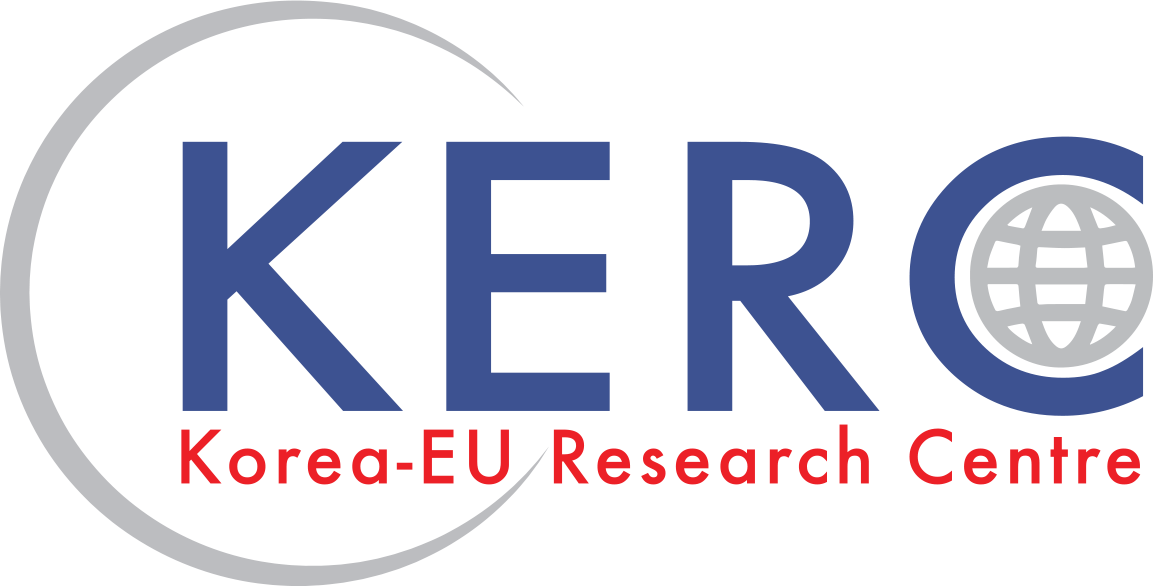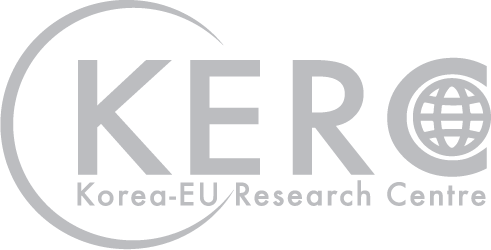KISTEP 10 Emerging Technologies 2018
DOWNLOAD PDF: KISTEP 10 Emerging Technologies 2018
| Technology | Details |
 Responsive Housing Technology |
[Definition]
Eco-friendly housing with spatial/functional/lighting variability to actively manage risks from outside and respond to user needs, using IoT-based intelligent flooring, active sensor and display technology[Application] User-customized housing in which lighting or flooring responds to the preferences, emotions and activities of users Resolves safety issues caused by the increase in the number of single-person households and elderly, while providing a more convenient residential environment to the users |
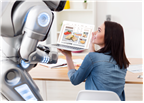 Life-log Virtual Assistant Software Technology |
[Definition] Intelligent Virtual Assistant software technology which accumulates knowledge and provides customized services by analyzing life-log data (daily lives, health conditions and behavioral patterns of the individual)[Application] Is being developed into a problem-solving agent which deals with various needs and provides solutions in reflection of one’s life pattern, through convergence with AI, voice recognition, smart home, and autonomous vehicle |
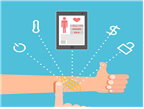 Smart Tattoo Technology |
[Definition] Adhesive biometrics monitoring sensor (patch or tattoo type) involving a thin layer of electric circuit that includes sensors to monitor health condition and memory chips[Application] Enables convenient self-diagnosis without having to collect blood with color changing tatoos based on blood glucose level Can also be used as a wearable storage/control device through which the stored information can be loaded or music can be played by scanning the tattoo image |
 Soft Robot Technology |
[Definition]
Robots manufactured with soft and flexible material, in contrast to traditional robots made with hard and rigid material[Application] Offers better flexibility and shock resistance compared to normal robots built with steel, and can be used in a more diverse environments which require physical interaction with humans |
 Connected Car Technology |
[Definition] Future human-friendly vehicle infrastructure and mobility technology which allows vehicles to recognize the surrounding environment, minimize driver fatigue through autonomous control, and provide safe driving and connected services through the convergence of hi-tech sensors, information technology and intelligent control[Application] Enables real-time interactive communication with road network system, providing automatic collision alarm, speeding and safety alarm, ideal route navigation, and intelligent transportation systems (ITS) |
 Modular Public Transportation System |
[Definition] Automatically assembled block-type transportation system operated based on smart technologies including IoT, remote control and autonomous driving[Application] Enables door-to-door transportation of the elderly, disabled and vulnerable Modules can be assembled or disassembled to assume the form of taxi (up to 3 passengers), van (up to 6) or bus (dozens) |
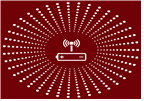 Wireless Power Transfer Technology |
[Definition]
Technology which allows wireless power transfer to fixed/mobile devices in the same space using WiFi hotspot[Application] Enhances the usability of smart products and services by conveniently supplying power to mobile phones, home appliances, wearable devices and IoT sensors |
 Smart Farm Technology |
[Definition]
Technology which controls the entire process of agriculture, livestock and fisheries industries in an intelligent manner and enhances productivity, efficiency and stability based on information and communication technology[Application] Resolves safety issues in the entire process of food production, distribution and consumption, and contributes to alleviating the qualitative and quantitative polarization of food resources through enhancement of productivity and efficiency |
 Artificial Intelligence Security Technology |
[Definition] Technology for AI-level security system which discovers weak points or blocks attacks through automatic collection and analysis of data, or for monitoring of AI itself[Application] Applies AI technology in responds to risks of unfair use or malfunctioning of AI and accident prevention, detecting security risks |
 Mixed Reality Technology |
[Definition]
Technology which interacts with users through real-time combination of virtual information such as computer graphics, sound, haptic information and smell with objects of actual environment[Application] Can be used in various aspects of life, including smart work (resolves difficulties caused by compatibility of work and household burdens to provide a more flexible working environment), smart home schooling, and leisure activities of mobility impaired |
SOURCE: KISTEP
